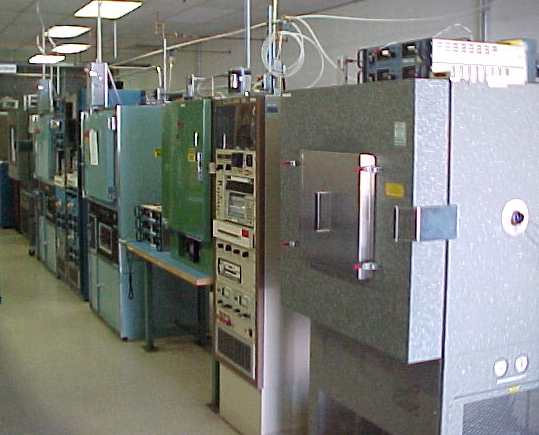Temperature Storage Testing
Temperature storage testing determines the effect of time and temperature on thermally activated failure mechanisms of solid state electronic devices — including non-volatile memory devices. The temperature storage test is intended to determine failure rates in storage conditions only. Samples are typically subjected to a specified temperature for an extended period of time as required by a particular test standard or by potential end users. For extended test durations, samples are often removed from the chamber for interim electrical testing and inspection.
- Test Specifications / Standards
- AEC-Q100, AEC-Q200
- GR-468-CORE (3.3.2.1)
- JESD22-A103 Cond A-G
- MIL-STD-202 Method 108
- MIL-STD-750 Method 1031
- MIL-STD-883 Method 1008
High Temperature Storage Test
The high temperature storage test is an accelerated, elevated temperature test that thermally stresses samples without electrical bias. Test standards include, but are not limited to, JESD22-A103, AEC-Q100, AEC-Q200, and MIL-STD 202, MIL-STD 750 and MIL-STD 883. Oneida Research Services conducts this testing from ambient temperatures up to +300°C. Unless otherwise specified, this test is performed in an inert (N2) ambient condition.
- Test Specifications / Standards
- GR-468-CORE (3.3.2.1)
- JESD22-A119 Cond A-C
Low Temperature Storage Test
The low temperature storage test is a reduced temperature test that thermally stresses samples without electrical bias. We conduct this testing from ambient temperatures down to -70°C. Unless otherwise specified, this test is performed in an inert (N2) ambient condition.
Temperature storage testing is considered destructive, depending upon the temperature, time and the type of sample packaging. Contact ORS to discuss your requirements for storage failure rate tests.




